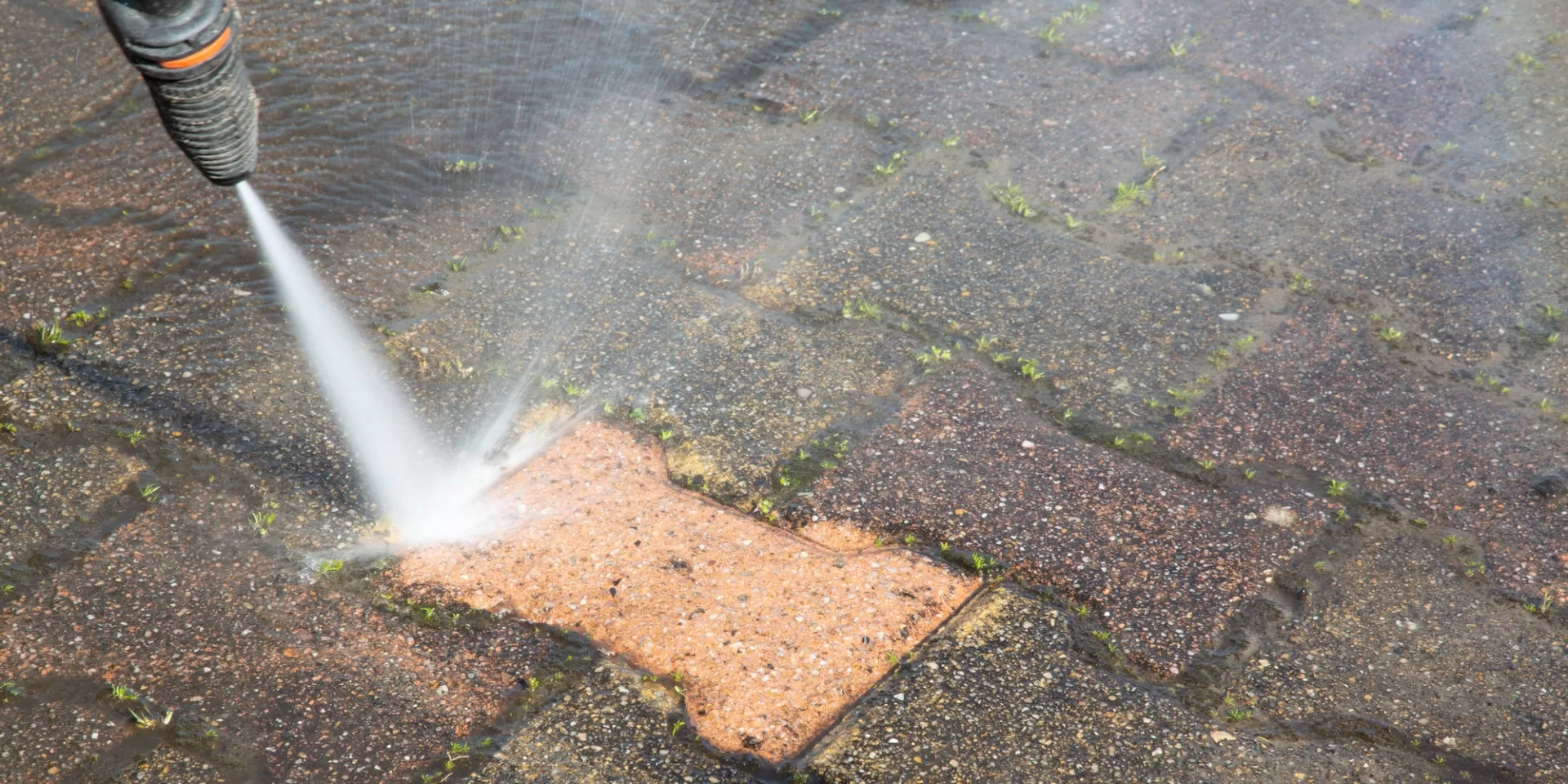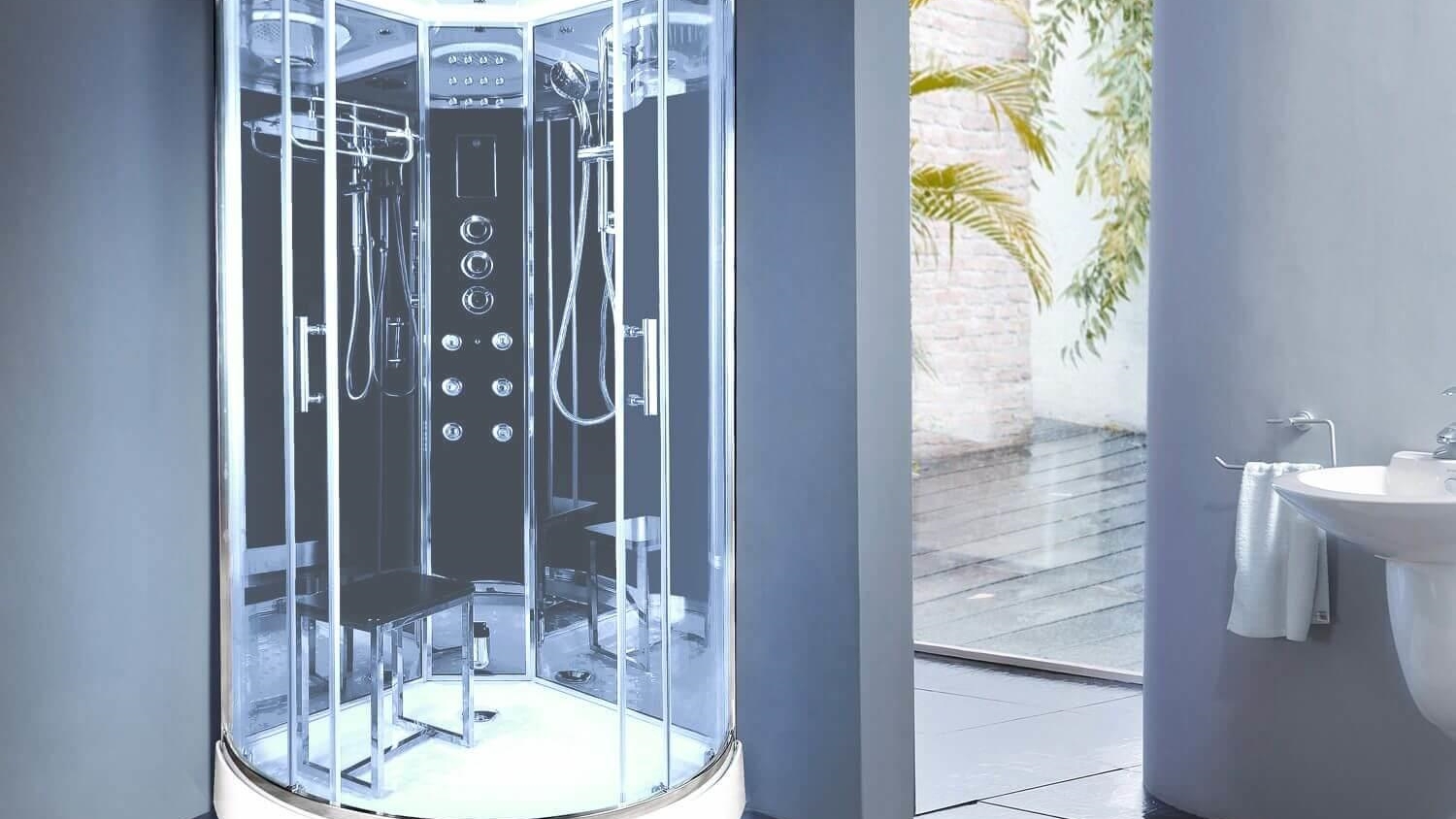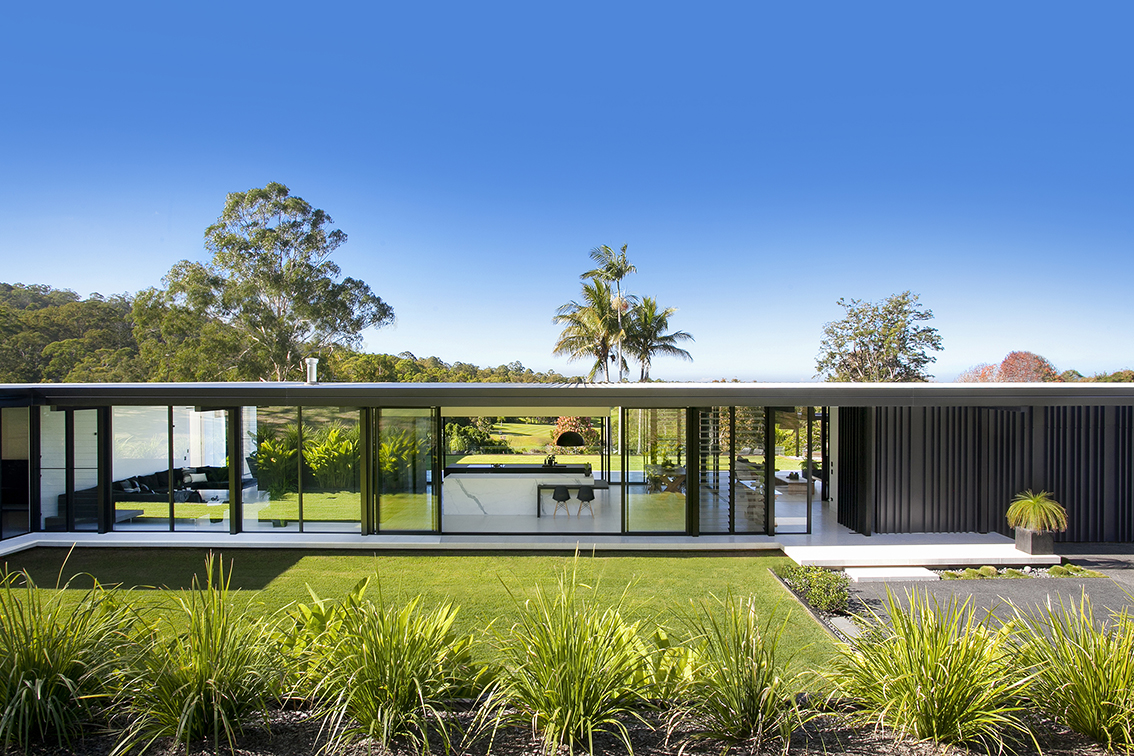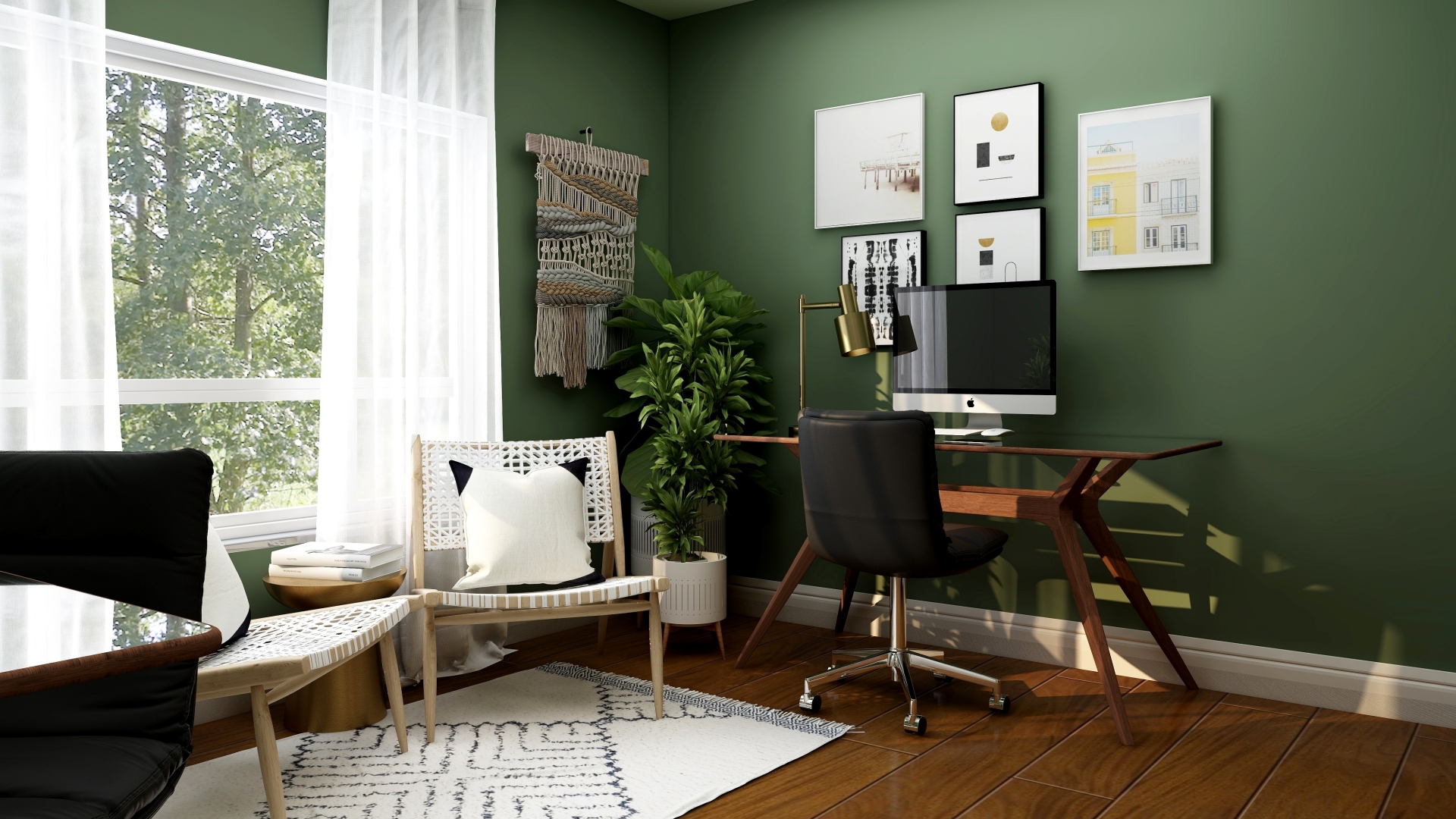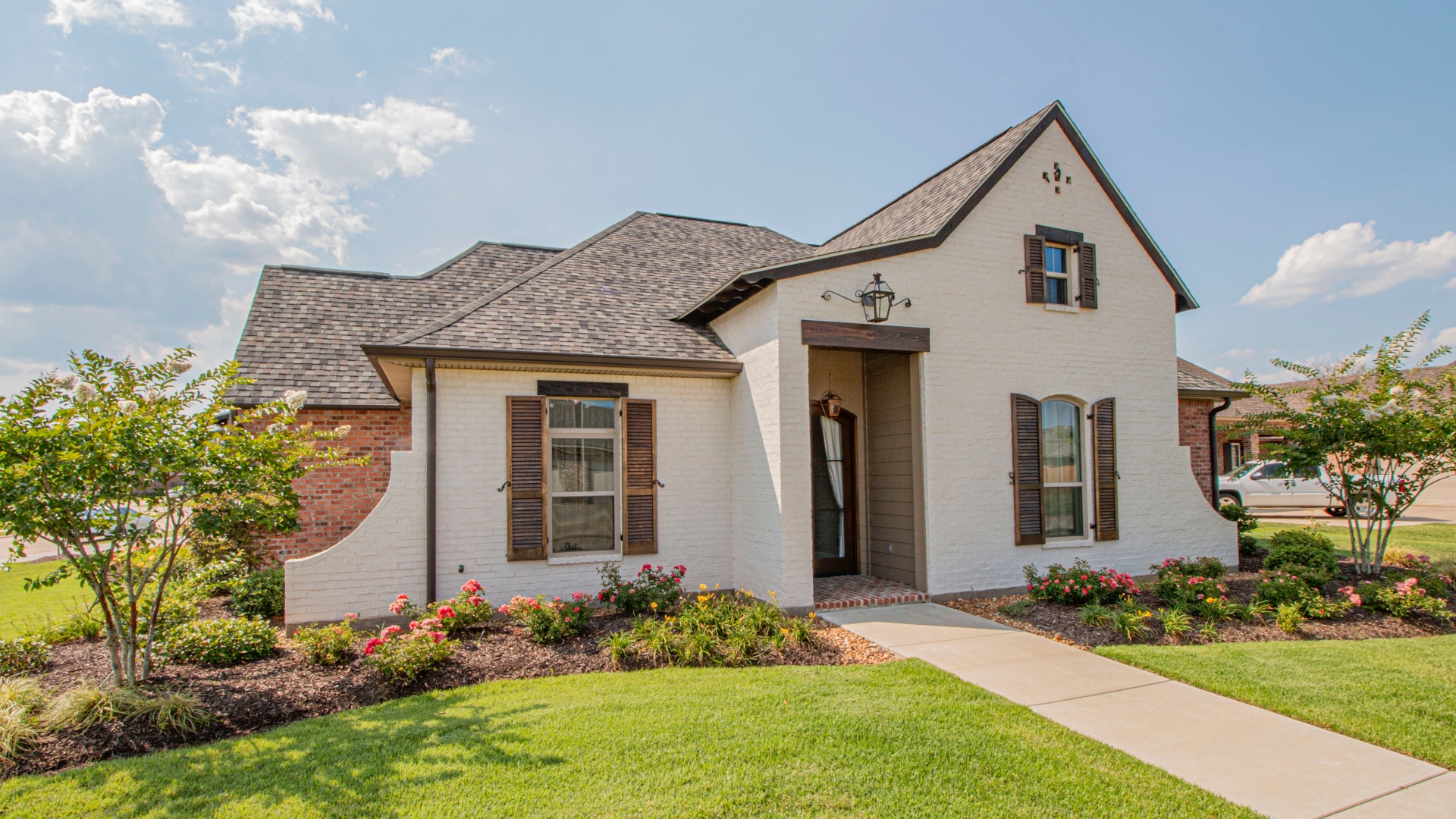When it comes to adding personality and style to your garden, concrete planters offer a unique and captivating solution. These versatile containers not only provide a sturdy base for your favorite plants but also combine the rugged charm of industrial design with the natural beauty of your outdoor space. In this article, we will explore the benefits of concrete planters, their design possibilities, and how they can transform your garden into a contemporary oasis.
Source your concrete planters only from Soothing Company!
1. The Allure of Concrete
Concrete has long been associated with strength and durability in construction. However, it has also gained popularity as a design element in modern and contemporary aesthetics. The raw, industrial look of concrete has a unique charm that complements various styles of architecture and interior design. Concrete planters offer an opportunity to bring this distinctive aesthetic to your garden, adding a touch of urban sophistication to your outdoor space.
2. Durability and Weather Resistance
One of the primary advantages of concrete planters is their exceptional durability. Unlike other materials such as plastic or wood, concrete can withstand the elements for years without significant wear or damage. Its inherent strength makes it resistant to cracks, fading, and warping, ensuring that your planters will maintain their integrity over time. Whether your garden faces scorching summers or freezing winters, concrete planters can withstand extreme weather conditions, providing a reliable and long-lasting solution.
3. Design Versatility
Concrete planters come in a wide range of shapes, sizes, and designs, allowing you to find the perfect fit for your garden’s aesthetic. From sleek and minimalist to intricate and ornate, there is a concrete planter to suit every taste. You can choose from various textures, finishes, and colors, allowing you to customize your planters to match your garden’s overall design scheme. Whether you prefer a contemporary, rustic, or eclectic look, concrete planters offer endless possibilities for creative expression.
4. Integration with Nature
Despite their industrial appeal, concrete planters seamlessly integrate with the natural elements of your garden. The earthy tones and textures of concrete create a beautiful contrast against the vibrant colors and organic shapes of plants. Concrete planters can act as a stunning backdrop, allowing the foliage to take center stage while providing a grounding element. The combination of industrial chic and natural beauty creates a visually captivating atmosphere, adding depth and character to your outdoor space.
5. Enhancing Small Spaces
For those with limited garden space, concrete planters are a practical and stylish solution. Their sleek and compact designs make them ideal for balconies, patios, or urban gardens where space is at a premium. You can arrange multiple planters in various sizes and heights to create vertical gardens or use them as dividers to separate different areas. Concrete planters allow you to maximize your available space while adding a touch of contemporary elegance to even the smallest outdoor areas.
6. Low Maintenance and Eco-Friendly
Concrete planters require minimal maintenance compared to other materials. They do not rot, rust, or attract pests, making them a hassle-free option for busy gardeners. Additionally, concrete is a sustainable choice as it is made from readily available natural materials such as cement, water, and aggregates. Unlike plastic or other synthetic materials, concrete is non-toxic and does not release harmful chemicals into the environment. By opting for concrete planters, you can create a green and eco-friendly garden space.
7. DIY Concrete Planters
If you enjoy do-it-yourself projects, making your own concrete planters can be a rewarding and cost-effective endeavor. With a few simple tools and materials, you can create unique and customized planters that reflect your personal style. There are numerous online tutorials and guides available to help you get started. DIY concrete planters offer endless creative possibilities and can be a fun way to unleash your imagination while adding a personal touch to your garden.
8. Plant Selection for Concrete Planters
Choosing the right plants for your concrete planters is crucial to create a visually appealing and thriving garden. Consider the following factors when selecting plants:
a) Size and Growth: Ensure that the plants you choose are proportionate to the size of the planter. Avoid overcrowding by selecting plants that have moderate growth rates and will not outgrow the container quickly.
b) Drainage Requirements: Concrete planters, although durable, can retain water for longer periods. To prevent waterlogged soil and root rot, select plants that prefer well-draining soil. Succulents, herbs, and many flowering plants are excellent choices for concrete planters.
c) Sunlight Exposure: Consider the amount of sunlight your garden receives throughout the day. Different plants have varying light requirements, so select plants that thrive in the available sunlight conditions in your garden.
d) Climate Compatibility: Take into account your local climate when choosing plants. Some plants are more suited to hot and dry climates, while others thrive in cooler regions. Select plants that are suitable for your climate to ensure their long-term health and vitality.
e) Aesthetic Appeal: Choose plants that complement the overall design of your garden and the style of the concrete planter. Consider the colors, textures, and foliage of the plants to create a visually pleasing composition.
9. Styling Ideas with Concrete Planters
Concrete planters offer endless possibilities for creative styling in your garden. Consider these ideas to enhance the visual impact of your outdoor space:
a) Grouping: Arrange multiple concrete planters of varying sizes and heights to create an eye-catching focal point. Group them together in a cluster or line them up along a pathway or patio to add visual interest.
b) Vertical Gardens: Use vertical space by attaching concrete planters to walls or fences. Create a stunning vertical garden by selecting plants with cascading foliage or those that naturally climb. This technique can transform a blank wall into a lush and vibrant display.
c) Color Accents: Experiment with colorful planters to add a pop of brightness to your garden. Paint concrete planters in bold hues or choose planters that come in vibrant shades. This can create a playful and lively atmosphere in your outdoor space.
d) Sculptural Elements: Opt for unique and sculptural concrete planters to add a touch of artistry to your garden. Geometric shapes, abstract designs, or even animal-shaped planters can become captivating focal points that elevate the overall aesthetic of your outdoor area.
e) Combination Plantings: Mix and match different plant varieties and textures within a single planter to create visually appealing combinations. Consider contrasting foliage colors, heights, and shapes to achieve a dynamic and harmonious arrangement.
By incorporating these styling ideas, you can transform your garden into a personalized and inviting space that showcases the beauty of concrete planters while highlighting the natural splendor of your plants.
Conclusion
Concrete planters offer a stylish and durable solution for adding a touch of industrial chic to your garden. With their design versatility, low maintenance requirements, and ability to integrate with nature, they provide a unique opportunity to combine the strength and raw appeal of concrete with the beauty and vitality of plants. By carefully selecting plants, maintaining the planters, and exploring various styling ideas, you can create a garden that harmoniously blends industrial aesthetics with the natural world. Embrace the charm of concrete planters and unleash your creativity to transform your outdoor space into a haven of modern elegance and timeless beauty.




